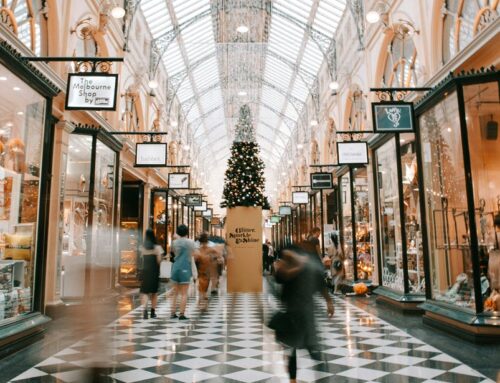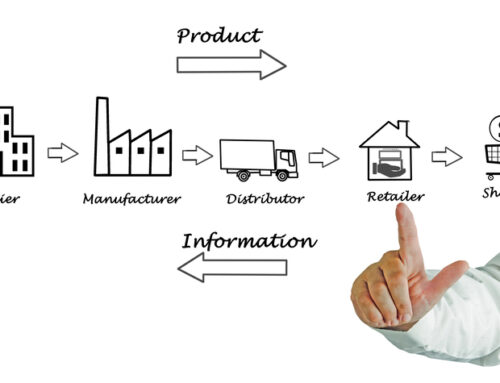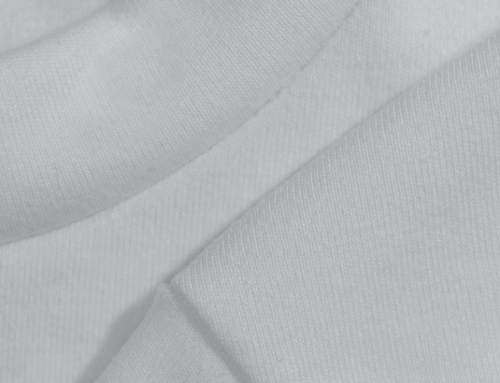You may have noticed the word “viscose” on a garment label and wondered what it is. Is it sustainable? Is it natural? Does it harm the environment? Is it durable?
There are a lot of reasons to love viscose — for starters, the flowing skirts and soft, elegant blouses. From a consumer standpoint, viscose is comfortable, durable, and breathable. Clothing made of viscose creates a draping effect, making it a flattering choice for every body type. Many manufacturers prefer the material over similar fabrics because it is versatile and inexpensive.
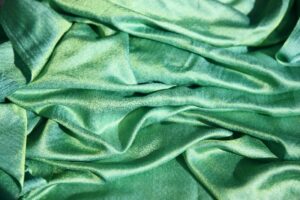
Photo by Sharon McCutcheon via Unsplash
Is it natural or synthetic? The answer is a bit complicated: it’s both. Viscose, sometimes called rayon, is plant-based and made from wood pulp, but because of the chemical process used to turn it into thread, it is not by definition a “natural product”. It was originally created to be a more affordable alternative to silk, but has also been touted as a sustainable replacement for materials like cotton or polyester – each of which has its own environmental impact concerns.
Because we’re all about transparency here at Balodana, we wanted you to be an informed consumer. There’s not yet a 100% perfect, sustainable fabric source of ANY kind, but you can be comfortable buying clothes made of fabrics like viscose if you are being minimal in your purchases and choosing better quality grades of viscose to reduce waste.
The Downside to Viscose
Because of its price, feel, and versatility, viscose dominates the fast fashion industry. Hundreds of thousands of acres of land are dedicated to the growth of the trees and plants that furnish the wood pulp to make the material. Managed poorly, this can lead to deforestation and depletion of environmentally sensitive habitats. One study shows that upwards of 30% of viscose comes from ancient forested areas.
Though viscose comes from plants, chemicals are needed to dissolve the pulp and transform it into a fine thread. Furthermore, because viscose is manufactured in parts of the world where labor is cheap, and few precautions are taken to keep these toxic chemicals from entering the air and water in the communities where the material is manufactured.
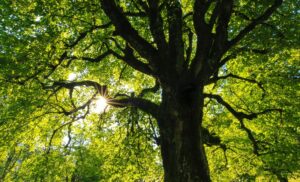
Photo by Jan Huber via Unsplash
Viscose Goes Green
It’s not all terrible, though – because of continued attention to sustainability and greener production methods, conscious designers are paving the way toward making viscose a safer and more eco-friendly product. This includes sourcing wood pulp from only ethically grown, sustainable forests of fast-growing trees like eucalyptus, which only take 5-7 years to replenish. Responsible manufacturers also go the extra mile to protect the environment and workers by utilizing modern milling equipment to reduce water usage and limit contaminants released during processing.
What Can You Do?
Reading the label and learning which companies are focused on the well-being of the communities that manufacture their products is the best way to make ethical choices when purchasing new clothing. To build a sustainable wardrobe, consumers should seek out designers that are transparent about their supply chain. Moreover, avoiding fast fashion and selecting garments for durability and timelessness encourages overall sustainability and reduces the carbon footprint.
Balodana designers are all aware of the challenges of balancing sustainability concerns with the demands of consumers who like variety in fabrics and styles. Many of them, like Delia von Hahn, Shantima, Merces, and Aiste Anaiste specialize in using sustainable fabrics. Others like Lino Piani exclusively source their fabrics from Italy. Sumissura is transparent about their fabric makeup and seeks to use only sustainably sourced fabrics. We will continue to seek designers and makers who can deliver beautiful, responsible clothing for you!

